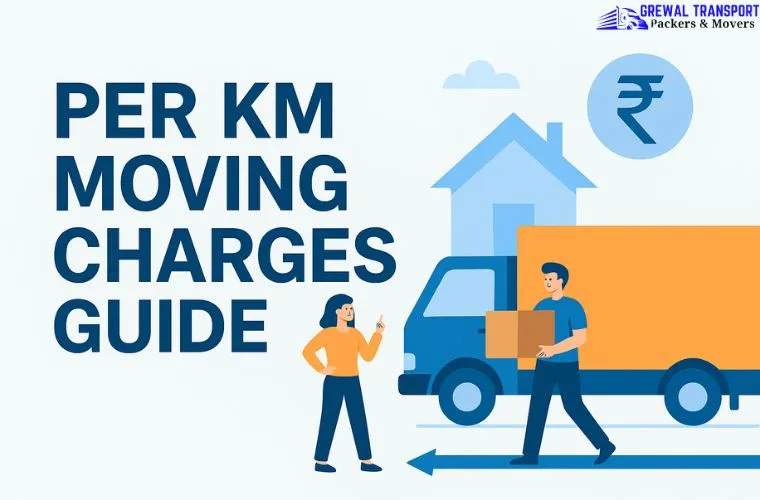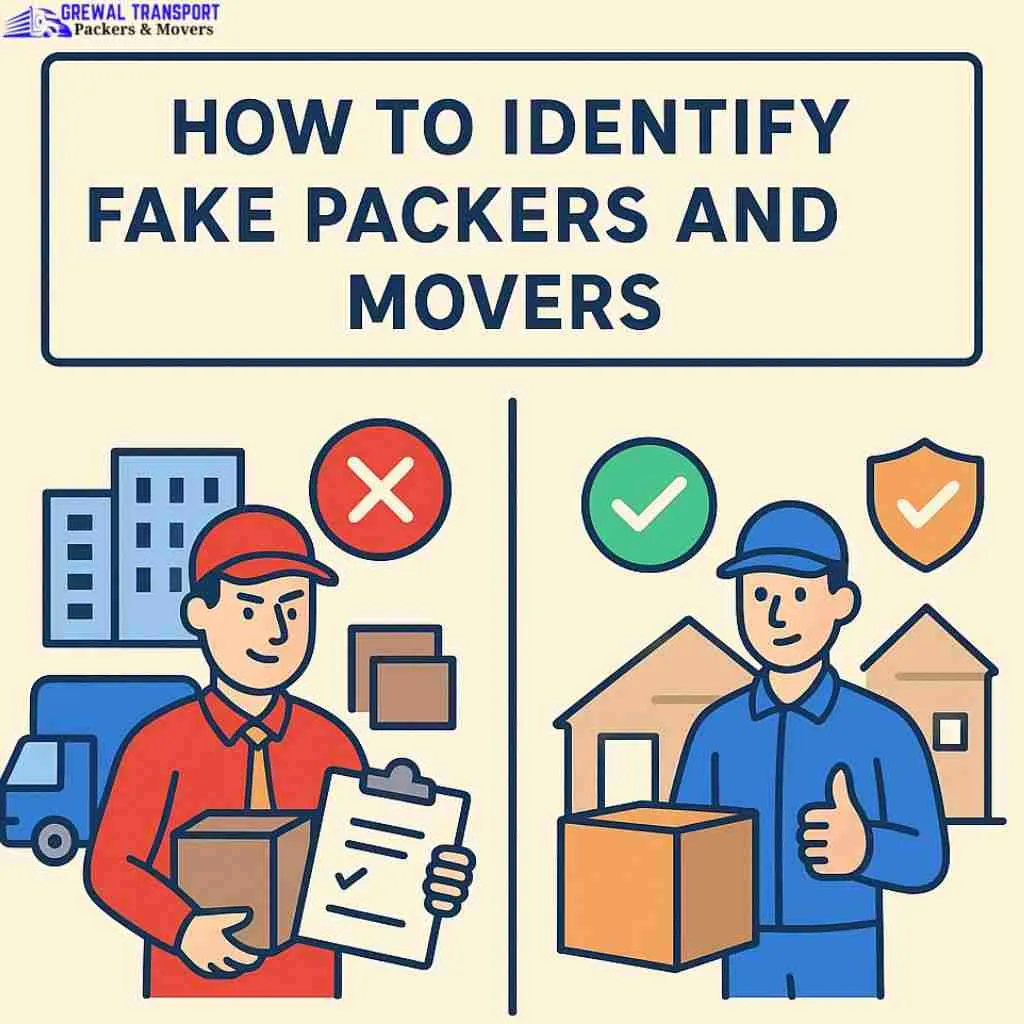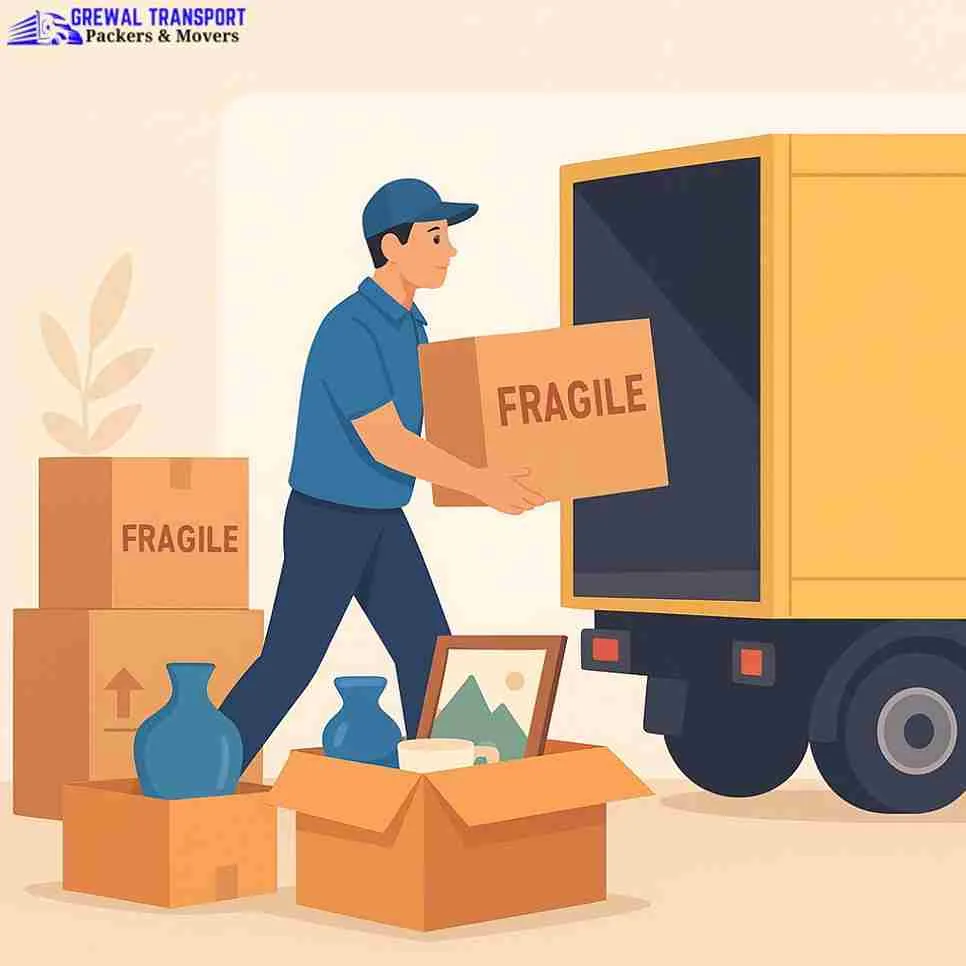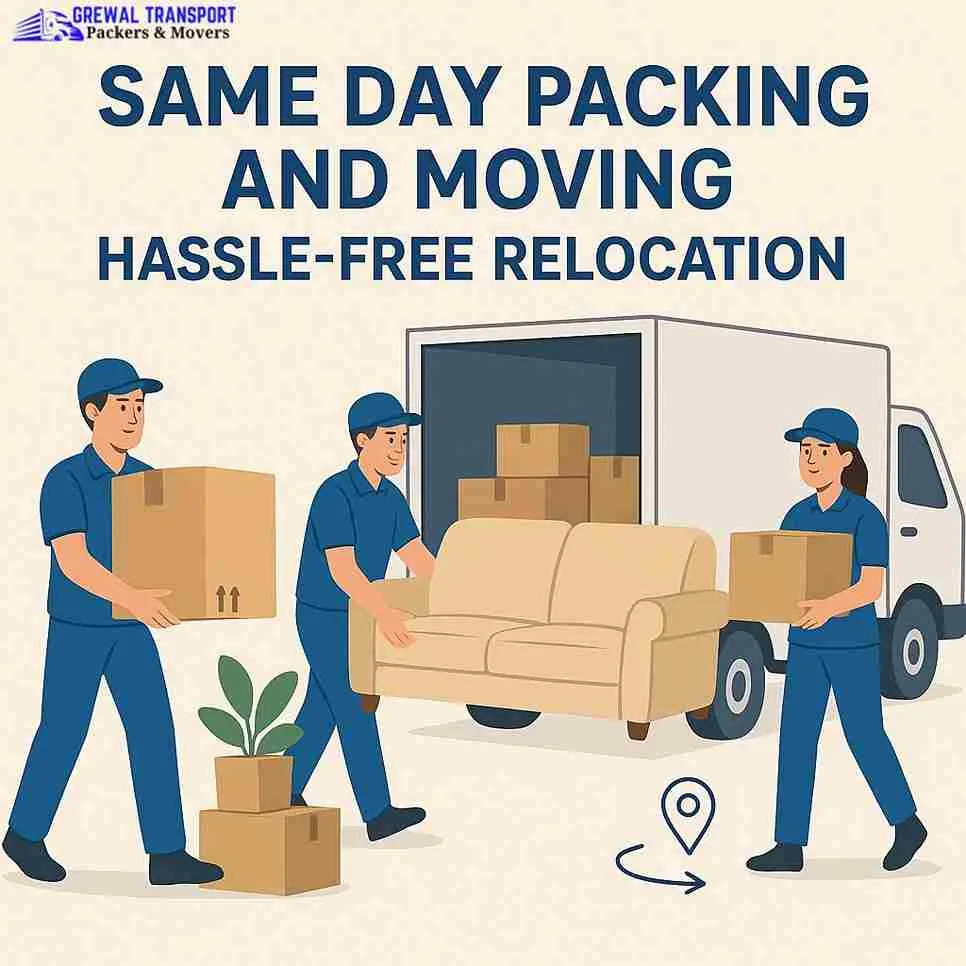When people plan a relocation, the first question they usually ask is about the per-kilometre moving charges. Whether it is home shifting, office relocation, courier transport, or a dedicated car and bike transport service, knowing the per km cost helps you plan the move confidently. Packers and movers use this model to offer transparent pricing so customers understand what they are paying for.
What Per Km Moving Charges Actually Mean?
Per kilometre moving charges refer to the total cost calculated based on the distance between the pickup and drop-off locations. This amount is not just about fuel; it also includes vehicle running costs, driver allowance, tolls, labour, and packing materials. Most professional packers and movers follow this system because it provides a simple, transparent, and fair way to estimate relocation costs.
How Does Distance Affect Your Relocation Price?
Distance is one of the most significant factors affecting the total moving cost. Short-distance moves within the same city cost less because fuel and travel time are limited. For longer distances or intercity routes, the per-kilometre rate becomes a significant part of the total budget. The road condition, toll plazas, and traffic patterns are also considered when calculating the final cost.
How Packing and Moving Services Calculate Pricing?
The cost for packing and moving services varies depending on the type of relocation. Home shifting involves packing furniture, electronics, fragile items, and personal belongings. Office relocation requires careful handling of computers, desks, documents, and equipment. Both require a trained workforce and quality packing material. Courier-style shifting is simpler and more affordable because it involves light items. Vehicle relocation uses specialised carriers, so its pricing structure is different.
House Shifting Service and Per Km Rates
A house-shifting service includes packing, loading, transportation, unloading, and sometimes rearrangement. The per km rate for house shifting depends on the size of the house, the quantity of goods, the type of items, and the truck required. A small 1 BHK requires a smaller vehicle, while a large home may need a 17 ft or 19 ft truck. More goods mean more space, more labour, and slightly higher per-kilometre charges.
Vehicle Transport Service Charges Per Km
When transporting vehicles, the per-kilometre cost depends on the type of vehicle and the carrier used. bike and car transport service providers use open or enclosed carriers. Enclosed carriers offer more protection, especially for long routes. The pricing also includes insurance, straps, wheel-lock systems, and careful loading and unloading. This ensures that your vehicle reaches its destination safely and damage-free.
Courier and Small Parcel Delivery Charges
For people who want to move only a few items, courier-style relocation is the best option. The per km charge is lower because the goods are transported in shared trucks. Weight, size, and distance determine the total cost. This service is ideal for students, working professionals, or minimal luggage shifting.
Average Per Kilometre Moving Charges in India
The exact price varies from city to city, but the general trend remains the same. Local trips usually cost more per kilometre because they involve more stops and a larger workforce. Long-distance or intercity moves have a lower base rate per km, but the total cost increases with distance. Vehicle transport has its own rate structure because carriers operate on fixed routes and have higher maintenance requirements.
Truck Size and Its Effect on Moving Cost
The size of the truck used during relocation directly influences the per km pricing. Small vehicles consume less fuel, so their per-kilometre rate remains low. Large trucks or containers require more fuel and a larger workforce, which increases costs. Packers and movers recommend the right vehicle size based on the amount of household goods to ensure customers do not pay extra unnecessarily.
Role of Packing Materials and Labour Charges
Packing quality plays a vital role in safe relocation. Good packaging materials protect goods from damage during long journeys. Bubble wrap, foam sheets, boxes, and lamination improve safety but also increase costs. Skilled labour is required for lifting heavy furniture, appliances, and delicate items. These labour charges are combined with per-km rates to determine the final price.
Season and Timing Influence on Per Km Charges
Relocation charges often increase during high-demand months like March, April, and May, as well as during festivals. Weekends and month-end dates are also peak periods. During these times, the per-kilometre rate may rise slightly due to increased labour and vehicle demand. Location also matters; narrow streets, top floors without lifts, or difficult parking areas can increase handling charges.
Benefits of Per Kilometre Pricing for Customers
Per-kilometre pricing gives customers complete clarity and prevents overcharging. It helps them estimate the exact cost of relocation before booking. This model works well for all kinds of services-house shifting, office shifting, courier deliveries, and even packing and moving services. It ensures transparency and builds trust between customers and packers and movers.
Conclusion: Transparent Per Km Rates Make Moving Easier
Understanding per-kilometre moving charges helps you make informed decisions while choosing the right packers and movers. This pricing model offers clarity, fairness, and flexibility. Whether you need house shifting, office relocation, courier transport, or car and bike transport, the per km system ensures you get the best value for your money. With the proper planning and a reliable moving partner, your relocation becomes smooth, safe, and stress-free.




